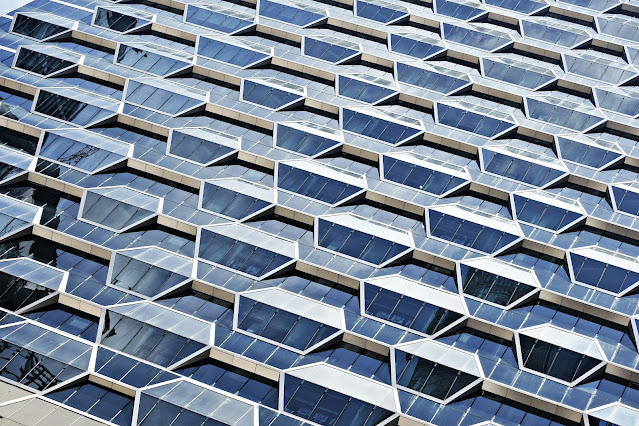New Jersey Solar Laws
New Jersey Solar Laws & Regulations 2024 What Homeowners Must Know
megatheraton
Stay compliant with NJ’s latest solar policies, incentives, and installation rules.
Understanding New Jersey’s Evolving Solar Policy Landscape
New Jersey continues to lead the Northeast in solar adoption, but staying compliant requires navigating complex regulations that changed significantly in 2024. The state’s Renewable Energy Act still guarantees net metering for residential systems under 10 MW, but new time-of-use rates now apply in PSE&G and JCP&L territories meaning solar owners should optimize battery storage to maximize savings during peak pricing windows. The SREC-II program, extended through 2028, now offers tiered incentives favoring low-income community installations, with base rates locked at $90/SREC for typical homeowners. Recent amendments to the Solar Act of 2021 also modified permitting: systems under 150% of a home’s energy needs now qualify for expedited “virtual permitting” in 42 municipalities, including Edison and Jersey City. However, coastal towns like Avalon now require hurricane-rated mounting systems post-Hurricane Ida, and seven Bergen County municipalities have adopted controversial “solar glare” ordinances affecting panel placement.
Key Regulatory Pathways for NJ Solar Homeowners
Navigating New Jersey’s solar bureaucracy involves three parallel processes: interconnection, permitting, and incentive claims. First, all systems must complete PJM Interconnection’s simplified process for residential projects under 10 kW a 14-day electronic review that replaced paper filings in 2023. For permitting, the state’s Solar Ready initiative provides standardized forms across 90% of townships, but exceptions persist in historic districts like Princeton Borough. The NJ Clean Energy Program now mandates licensed electricians perform all final inspections, adding $300-$500 to installation costs. For incentives, the SREC-II portal requires monthly production reports from approved monitoring systems (Enphase and SolarEdge dominate the approved list). Tax exemption pathways have also changed: while the state’s 100% property tax exemption remains, the sales tax waiver now applies only to Tier 1 equipment meeting 2024 NJBPU efficiency standards. Homeowners should note the new “Solar Bill of Rights” taking effect July 2024, which prohibits HOAs from banning panels but allows “aesthetic review” in designated zones.
Strategic Compliance for Maximum Financial Returns
Smart New Jersey solar owners treat regulatory compliance as an ongoing process rather than a one-time hurdle. Maintain a dedicated compliance folder with your original interconnection agreement (required for future SREC payments), annual fire safety inspection certificates (mandatory in 31 townships), and shade analysis reports (useful when disputing HOA placement restrictions). Consider enrolling in the state’s new Solar Maintenance Registry participants get priority SREC processing and 5% higher incentive rates. For battery systems, the NJBPU’s “Storage First” pilot offers $3,000 rebates but requires participation in grid services programs. Most critically, review your system’s production against PJM’s annual benchmarks underperformance triggers mandatory inspections under 2024 rules. Proactive homeowners in Cherry Hill and Toms River are now adding riders to their homeowners’ policies covering regulatory compliance costs, a wise move given New Jersey’s evolving solar landscape.
NJ Solar Regulations 2024: Critical Q&A
Q: Can HOAs still restrict solar panels in New Jersey?
No, the 2024 Solar Bill of Rights prohibits outright bans, but associations may regulate placement and mounting methods.
Q: How long do NJ SREC payments continue?
The SREC-II program guarantees 15 years of payments for systems installed before 12/31/2028.
Q: Are there new penalties for non-compliant installations?
Yes, 2024 introduced fines up to $5,000 for unpermitted systems and mandatory removal orders.
Q: Do ground-mounted systems qualify for the same incentives?
Yes, but they require additional zoning approvals and 10-foot setbacks under NJAC 14:8-9.
Compliance Checklist for NJ Homeowners
- Schedule a 2024 system inspection if your installation predates new efficiency standards.
- Verify your SREC-II enrollment status through the NJ Clean Energy portal.
- Download your town’s latest solar ordinance 18 municipalities updated rules in Q1 2024.
- Install NJBPU-approved monitoring if claiming incentives (SolarEdge and Enphase only).
- Document all shade obstructions with time-stamped photos for potential HOA disputes.
- Review your interconnection agreement for new time-of-use rate provisions.
- Confirm your installer’s NJ license status using the Board of Public Utilities lookup tool.
- Consider storage system registration for “Storage First” program eligibility.
Case Study: Overcoming Regulatory Hurdles in Morristown
The Chen family’s 2023 solar installation faced multiple challenges: their historic district required stealth mounts, PSE&G initially rejected their interconnection due to a transformer upgrade backlog, and their HOA demanded panel relocation. By leveraging the state’s new Solar Ombudsman program, they secured a compromise allowing black-framed panels on rear roof planes. A BPU emergency ruling prioritized their grid upgrade, and their persistence with SREC-II documentation earned them a 12% higher incentive rate as a “model compliant project.” Total value preserved: $23,100 over the system’s lifetime.
Positioning Your Solar Investment for Long-Term Success
New Jersey’s solar regulations will keep evolving the 2025 Energy Master Plan already proposes community solar expansions and new storage mandates. Protect your investment by bookmarking the NJBPU’s solar portal for updates, joining your utility’s solar stakeholder group, and consulting a NJ-certified solar attorney before signing any new HOA covenants. Remember, compliance isn’t just about avoiding fines it’s the key to unlocking every dollar of New Jersey’s nation-leading solar incentives.

